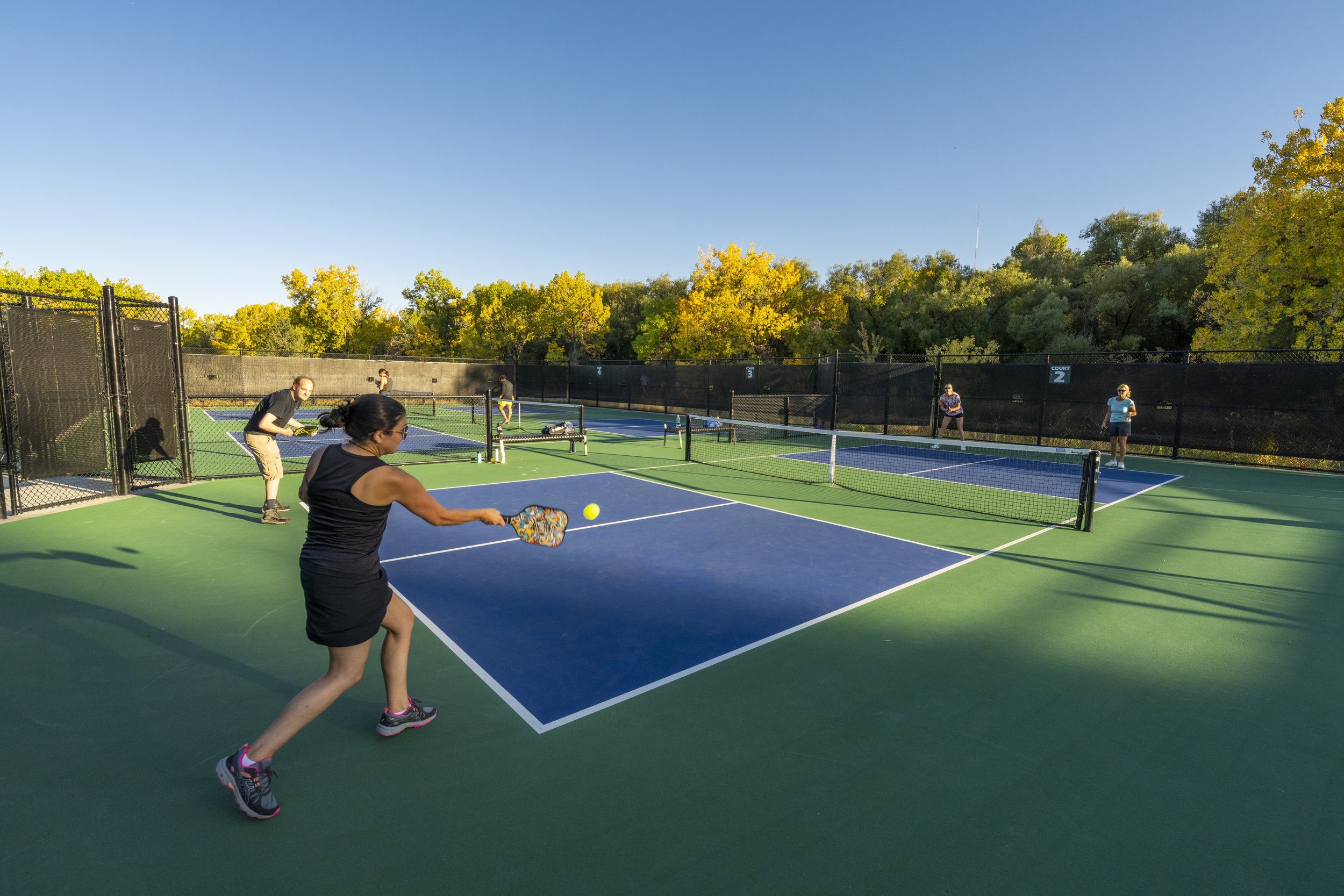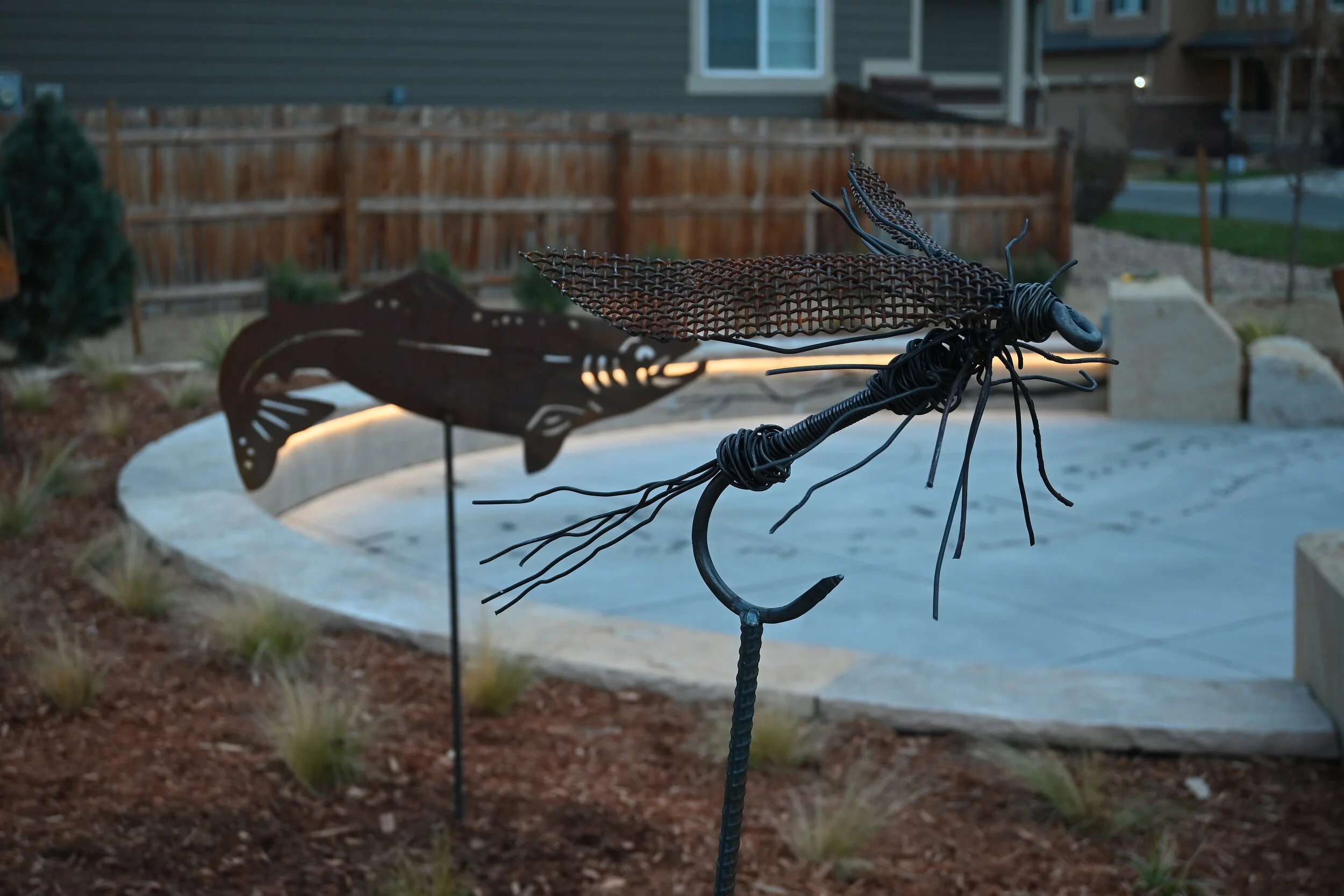Public Health and The Landscape
I spent several days last week at Indiana University's School of Health, Physical Education and Recreation meeting with their research faculty and discussing how the GRASP® methodology developed by Design Concepts and GreenPlay LLC can be used to support research aimed at making communities healthier places to live. This is exciting stuff for us, and the interesting thing is that they found us and invited us to the table, meaning that the health and wellness field is aware of what landscape architects can offer and welcomes our contribution to their efforts. I'll let you know in future posts where all of this leads. Meanwhile, ask your doctor about that new park in your neighborhood....
Rob Layton
Return of the Buffalo Commons
The article also mentions a bill introduced in Congress last week to restore full funding to the Land and Water Conservation Fund. In my travels to inventory and evaluate parks across the country, I frequently run across parks that were created years ago with Land and Water Conservation Funds. These parks are providing an important service today to people in a wide variety of communities. Restoration of this program to full funding would benefit many communities, particularly smaller ones that don't have a lot of other resources for creating parks.
Rob Layton
Whimsy and Adaptability in Spokane Valley's New Park
The park's Secret Garden with Objects of Unusual Size incorporates giant flowers designed and created by Casey Lewis of Beechwood Metalworks, Inc. (pictured at above), a pumpkin large enough to stand in (pictured below), and a chair twice normal size. The garden is entered by crouching through a small gateway that then reveals the giant objects inside.
This project presented new challenges for all of those involved (the geology of Eastern Washington was new for us, and none of the local contractors had worked on a project as fanciful as this). With the enthusiasm of the community, contractors and the City, everyone is sharing in the vision of the project. We look forward to its completion in late November!













